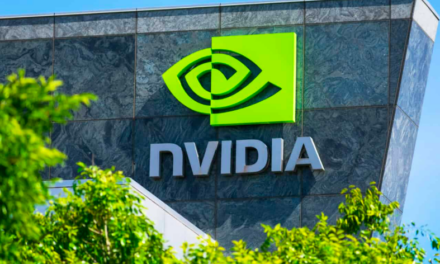Harvard is still in Business. Literally.
It was the first college to develop an MBA program, in 1908. It is now poring over applications from 9,886 students to decide whom to admit to the 2020 class. That’s more than enough to keep the program healthy. Harvard accepts a little over 1,000 new students into the program each year. About 90% of those accepted will show up. The program is so respected that Harvard has the highest yield (attendance by accepted students) worldwide.
But even at Harvard, the latest numbers are down almost 5% from the prior year. Harvard is one of the lucky schools. Tippie College of Business at the University of Iowa is shuttering its MBA program. The current class is down to 35 students. It used to graduate more than 200 students a year.
Tippie may not be a household name, but it has had a solid program. The Financial Times ranked Tippie’s MBA 84th worldwide. Other colleges are struggling as well. This past year, 70% of US schools with full-time MBA programs saw a drop in applications.
As this trend was unfolding, some administrators felt that students were turning away from second-tier schools in the belief that a top name on their resume would pay off better. But now, along with Harvard, elite schools like Duke’s Fuqua, Wharton, Stanford, Georgetown, U. Michigan, and Yale are seeing applications fall as well.
There are a lot of reasons for this. Certainly one is cost. Tuition rates for two years at a top program like Stanford run to $200,000.
Prices on all kinds of goods and services have risen in recent decades, but this is a question of affordability. In 1971, a year of college cost about 20% of the median annual wage for males. Now a year of college costs 56% of a year’s wages. Graduate schools cost even more.
Foreign Students Go Elsewhere
Part of this unhappy the trend centers on foreign students. Bill Boulding, who is dean of Fuqua Business School at Duke University doesn’t want to blame President Trump for a sharp decline in international students. He says it’s more a matter of the tightening on international study visas, so students are heading to Canada, Australia, and Europe instead of the US. The moves to reduce student visas, however, are completely led by White House initiatives.
The White House aversion to immigration for any reason is making a significant difference to colleges. Three years ago, the US issued more than 600,000 F1 visas for students for academic studies in the US. Last year, that fell to less than 400,000.
But other reasons that have nothing to do with cost, visas, or higher salaries may explain the new lack of interest in MBA’s.
There Are Other Ways to Be Special
At one time, an applicant with an MBA on the resume was unusual. It made the person who could claim it stand out. As MBA’s proliferated, it took an MBA from a top school to stand out.
Now the MBA is almost commonplace. It is the most pursued post-graduate degree, attracting about a fourth of all graduate students.
An MBA may still be useful to a young worker with little experience, or soon after granted, but it’s value also falls with time. MBAs become outdated as management theories, financial practices and other disciplines change.
The Impact of Fewer MBAs
Unless you are a student contemplating grad school this may seem to be a somewhat irrelevant topic, but it’s not.
It has a lot to do with the US economy in the long run. Colleges and universities are important employers. In some towns, they are the main industry. Overall, educational services account for nearly a tenth of US jobs according to the Bureau of Labor Statistics. So any decline in students has real-world repercussions.
Admittedly, most of these educators work in elementary, middle, and high schools. But when those teachers are not preparing students for the rigors of college, we will need a few of them as well. Fewer teachers of advanced math, science, and foreign languages… more students per classroom…
It also has a lot to do with innovation and leadership. More and more wealth is now created through understanding advanced technology or by understanding businesses well enough to take a model and expand it.
More importantly, the decline of American MBAs may be a signal for greater problems. America’s business leadership has always been a by-product of American know-how. It doesn’t have to come in the form of an MBA. It could be an advanced degree in robotics, biochemistry, finance, or even viticulture and oenology.
If the world stops looking to America for learning, the Chinese century may well be upon us.












